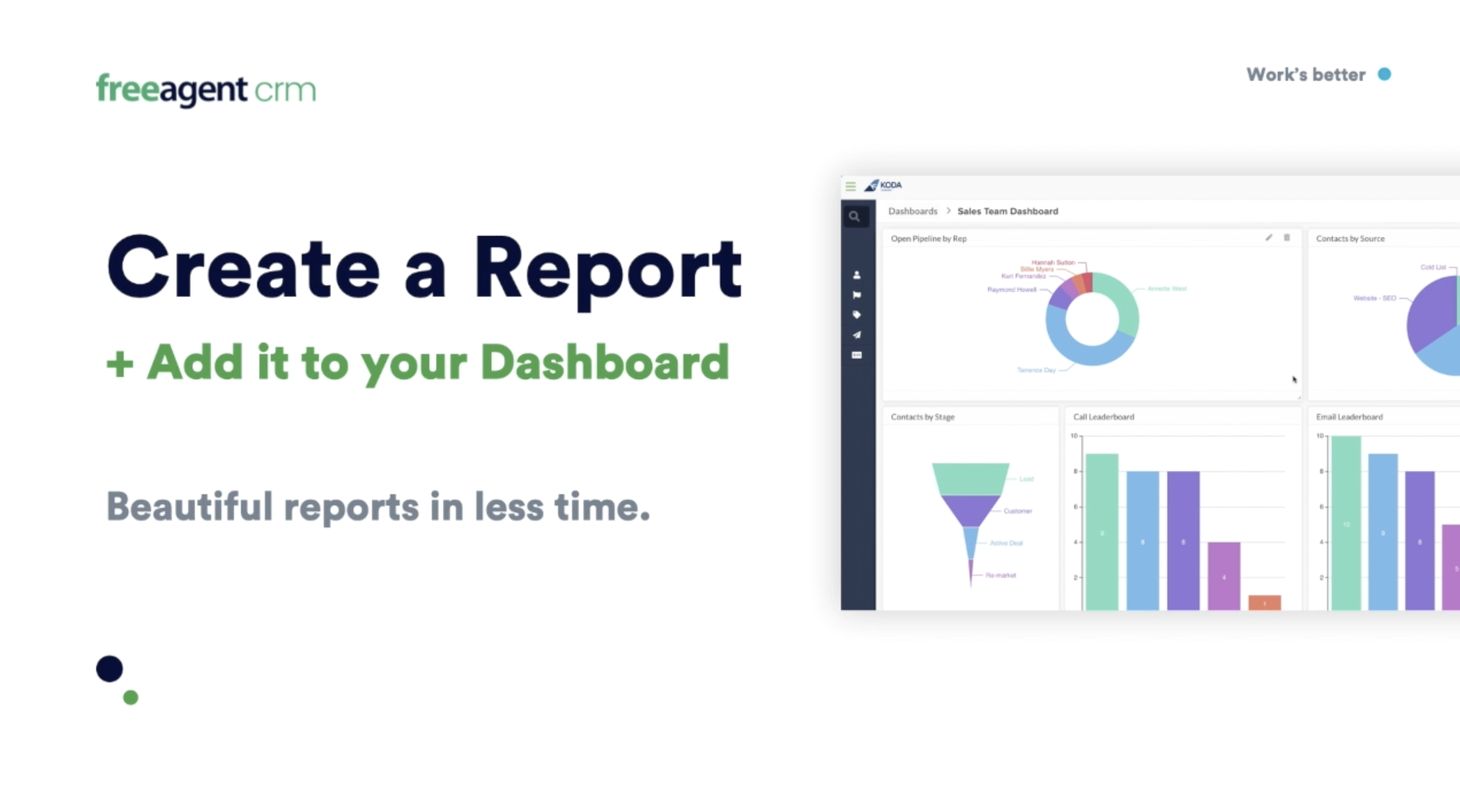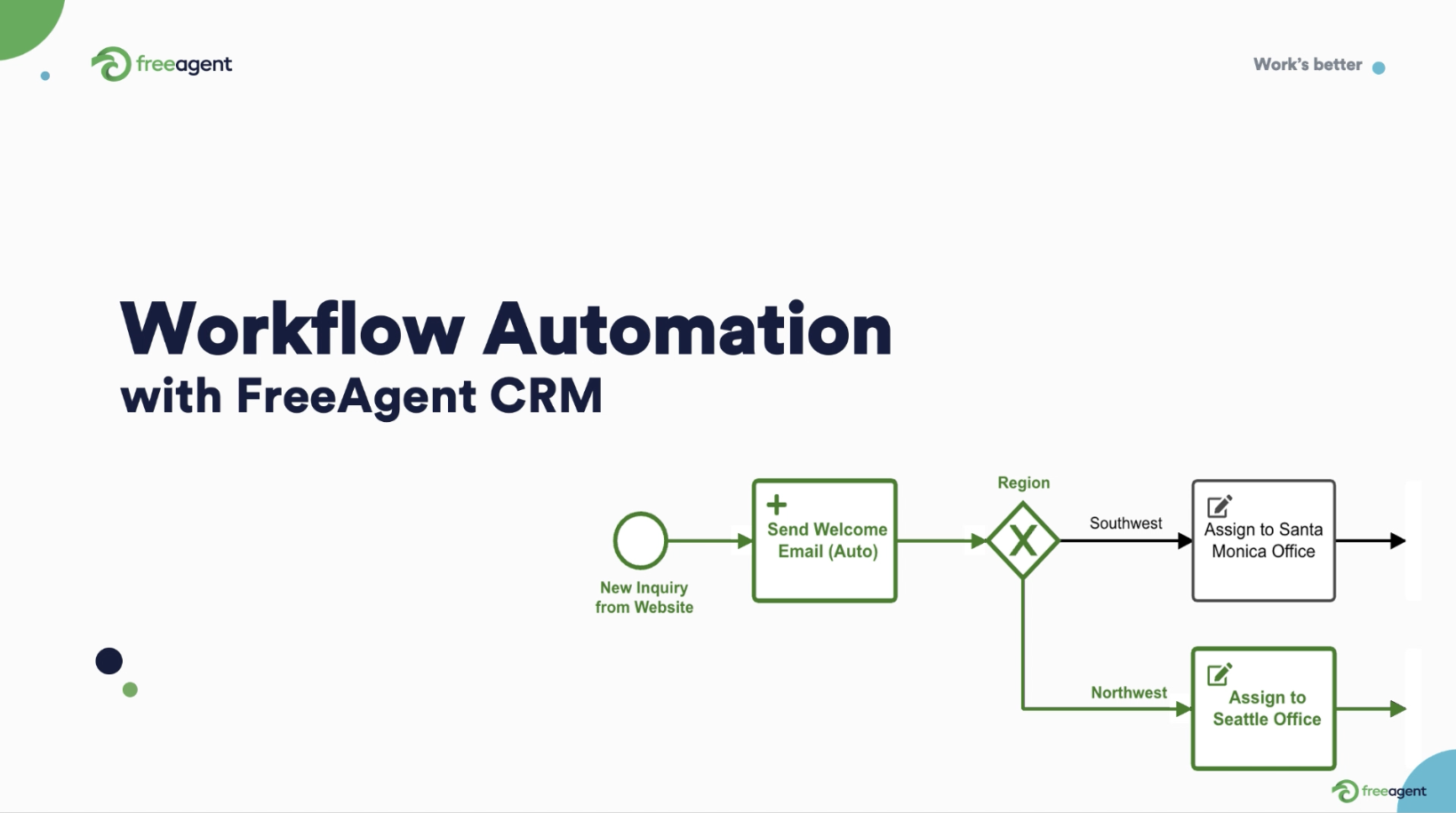When evaluating sales performance, context matters. For example, knowing the length of your sales cycle is a valuable sales metric, but on its own, it doesn’t really tell you much about your sales efficiency.
Seeing how the length of your sales cycle compares to that of your competitors, however, gives you the context you need to evaluate your sales efficiency more accurately.
That is why sales benchmarks are so important. They provide a measuring stick by which sales leaders can assess their sales performance.
There are many challenges that come with using sales benchmark data.
First, you need to find it. Next, you need to know what sales benchmarks to look at in order to assess your sales performance. After that, you need to be able to interpret that data in a way that is relevant to your specific business.
In this article, we will provide tips on finding and selecting sales benchmarks and offer insights into how those sales benchmarks can be interpreted when evaluating your sales performance.
What are sales benchmarks?
Sales benchmarks are quantifiable sales performance metrics that sales leaders use to compare their sales performance against the industry standard.
Sales benchmarks can vary by industry, company size, and location, so not all sales benchmarks will be relevant to all businesses.
Some common sales benchmarks include:
- Sales cycle length- This sales KPI (key performance indicator) is a measure of the average time it takes a lead to go from initial contact to a won deal.
- Sales conversion rate- This sales KPI is a measure of the percentage of leads or prospects that become won deals.
- Sales productivity rate- This sales KPI is the measure of the revenue generated by a sales rep or team over a specific period of time.
- Average deal size- This sales KPI is a measure of the average value of a deal or sale.
- Revenue growth- This sales KPI is the measure of the percentage increase in revenue over a specific period of time (month, quarter, year).


How to find sales benchmarks
Finding reliable sales benchmarks can be challenging for a sales manager as most companies don’t share their sales performance metrics with their competitors. When doing your benchmark research, the following sources can help you find the answers you need.
- Industry Reports- Industry-specific reports conducted by business publications and independent research firms usually include the most relevant benchmarks for the various sectors of the industries they cover.
While many of these reports will be gated behind a subscription paywall (or at least require you to provide your information), the quality of the data is often worth the cost.
- Regulatory reports- Regulatory reports produced by governmental committees often contain industry-specific data and benchmarks that are among the most accurate available.
In most cases, these reports are public, making them an ideal source of free and reliable information.
- Experts and consultants- Business advisors and consulting firms have access to benchmarking data that can’t be found anywhere else. In fact, this data is often one of the key factors in demonstrating their expertise.
What’s more, they can often provide insights about this data that can help you understand the nuances beyond just the numbers.
Choosing the right sales benchmarks
When it comes to accurately assessing your company’s sales performance, choosing the right sales benchmarks is critical. Not all companies are the same, even within the same industry, and the metrics that are relevant to one company won’t necessarily be relevant to another.
When choosing what sales benchmarks are right for the assessments of your sales performance, consider the following:
- Products and services- The products and services your company sells will have a lot to do with determining what benchmarks to consider when assessing sales performance.
For example, if your company’s products or services are complex and require lengthy sales cycles with several touchpoints, benchmarks related to average sales cycle length become important.
On the other hand, if your sales cycle is short (measured in minutes as opposed to months) and simple, this data is much less significant.
- Distribution channels- Every distribution channel has its own unique characteristics and challenges that will inform what sales benchmarks matter most when assessing sales performance.
For example, if your company primarily focuses on direct-to-customer sales channels, benchmarks related to conversion rates and average deal size are important.
However, if the bulk of your sales come from indirect sales channels and distribution partners, partner-generated revenue and channel partner performance are the metrics that matter.
- Company size- The size and structure of your business have a significant impact on your sales processes, resources, and performance considerations.
For example, smaller companies often lack access to the technology that helps a larger sales team be so efficient and productive. This can make sales productivity benchmarks difficult to assess.
On the flip side, larger companies are generally less agile and innovative, making benchmarks related to time-to-market for new products less relevant.
- Company location- Your company’s location will play a big part in determining the benchmarks that are most relevant when assessing your sales performance.
For example, the market size of your region may make revenue generation benchmarks more or less relevant depending on the circumstances.
Another consideration is the economic conditions of your region. Benchmarks related to average deal size or customer lifetime value can differ greatly by location, making the importance of these benchmarks variable.
Using benchmark data to evaluate your sales performance
Sales benchmark data can provide insights that can help you better understand your position in the market, identify areas for improvement, and strategize for future growth.
- Comparative analysis- You can use sales benchmark data to compare your sales performance against the industry standard, providing you with a better idea of how you stack up against the competition.
Comparative analysis is great for highlighting your sales performance in areas such as:
- Revenue growth
- Conversion rates
- Average deal size
- Customer acquisition cost
Understanding where you underperform when compared to your competitors provides you valuable insights that can help you identify areas for improvement.
Likewise, understanding where you over perform when compared to your competitors provides insights that can help inform messaging and identify markets that you are best suited to serve.
- Evaluate sales processes- You can use sales benchmarks to help evaluate your sales processes and tactics. KPIs that are most effective for this kind of analysis include:
- Win rate
- Sales cycle length
- Sales productivity rate
- customer acquisition costs
For example, if sales benchmark data shows you have a longer than average sales cycle compared to your competitors, you might look for sales tools that can help you optimize your processes.
Similarly, if your customer acquisition costs seem high, you might explore more cost-effective marketing strategies or sales channels.
- Set attainable and realistic sales targets- You can use sales benchmark data to inform realistic and achievable sales goals.
Understanding what average sale performance is and what exceptional (or poor) sales performance is allows you to set more informed sales targets that your sales team will actually be able to hit.
Given that sales reps are so often rewarded based on success, having achievable targets is a big motivator.
Check out our article, Rewarding Sales Success: SPIFFs vs. Commissions to learn more.


CRM can help you make the most of sales benchmark data
Modern CRM (customer relationship management) platforms can help you draw deeper and more meaningful insights from sales benchmark data through:
- Detailed KPI tracking- A CRM can track your KPIs with a level of detail unmatched by any other software toolset.
For example, when trying to assess sales productivity, a CRM can go far beyond simply measuring how much revenue is generated per sales rep.
A CRM captures and tracks every sales activity, from calls and meetings to tasks such as record updates and quote generation.
This can help a sales manager evaluate sales productivity more accurately so they can see where their sales team excels and where they come up short when compared to the competition.
- Sales process alignment- Using sales benchmark data to identify areas for improvement is only step one of your sales performance evaluation. The next step is implementing a process or practice your team can follow.
Through CRM automation and integration, your sales processes can be standardized so that every salesperson is working the same way.
Ensuring your sales strategy is always followed not only leads to a higher win rate and greater revenue generation, is also creates a more consistent experience for your prospects and customers.
- Continuous improvement- CRMs allow you to monitor your sales activities and outcomes accurately and continuously, leading to a better assessment of your sales processes.
This is the key to ensuring future sales process refinement and optimization that improves outcomes and helps you stay competitive in a rapidly evolving market.
FreeAgent CRM can help you improve sales performance
FreeAgent CRM is a modern work management platform that provides top-of-field software tools for a sales organization of any size and technical proficiency.
FreeAgent is the best CRM software for your business because it is:
- Easy to use- FreeAgent’s modern user interface is quick to learn and easy to use, encouraging teams to work within the platform, driving up adoption, and aligning your work processes.
- User-configurable- With FreeAgent, the power is in your hands. You can customize and personalize FreeAgent to fit the specific needs of your business and teams without external support.
Plus, FreeAgent offers:
- Robust integration- FreeAgent’s flexible toolset and extensive integration library supports teams and businesses of all types and structures.
- Generative AI- Uplift your work with Generative AI-powered features. With FreeAgent, you can access AI across any app, allowing you to get the information you need faster.
With FreeAgent, it’s really that simple.
To see FreeAgent in action, get a demo, and discover for yourself how we are leading the way to a better workday.







